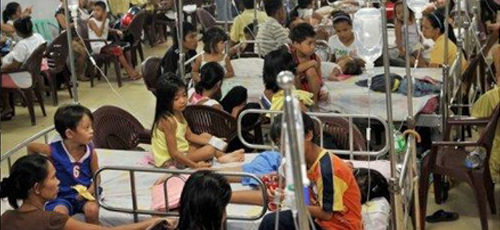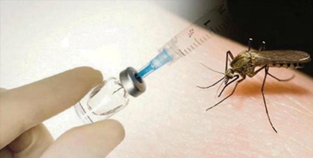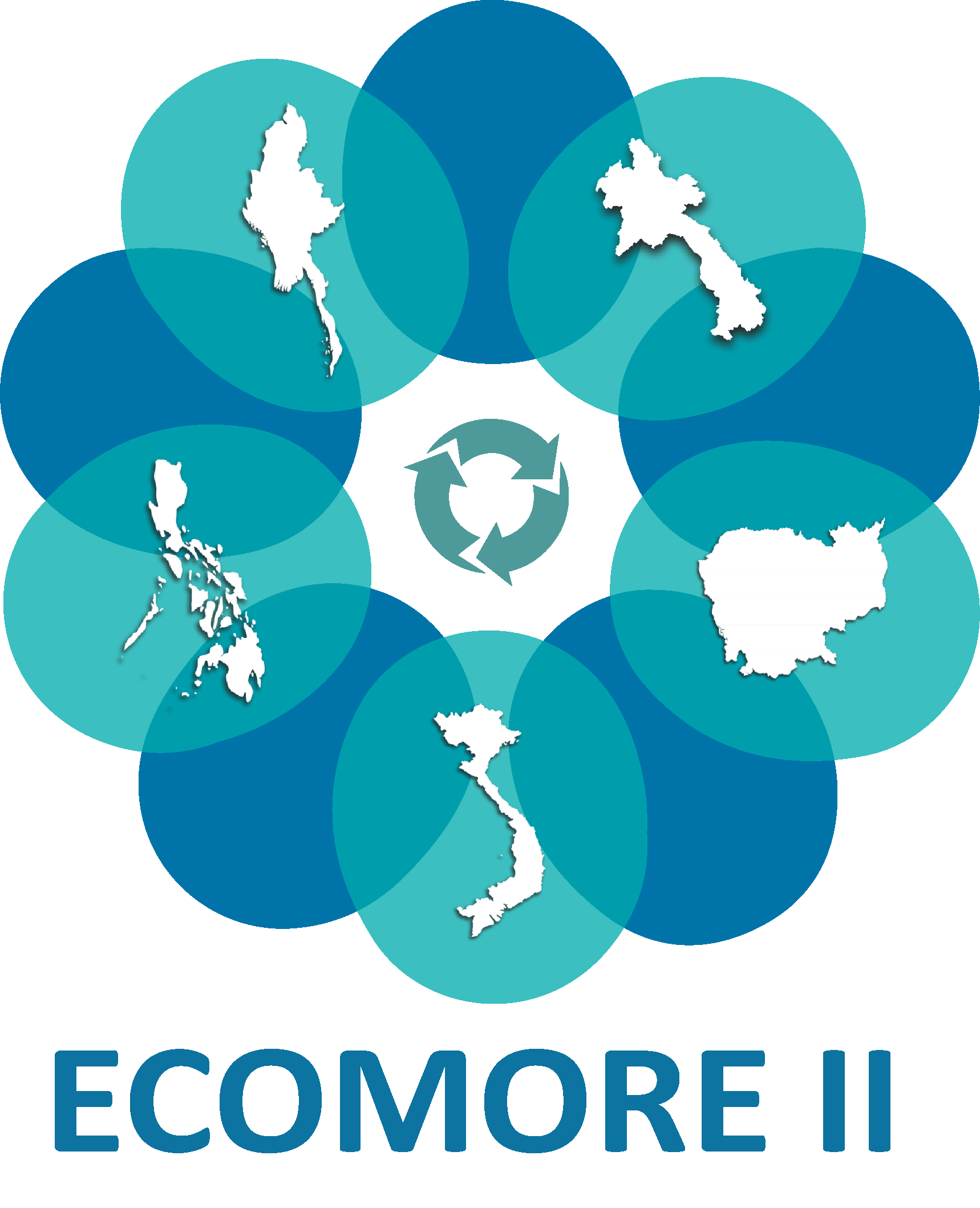An innovative program for the control of vectors borne diseases can reduce the risk of dengue, Chikungunya and Zika in urban and peri-urban areas
Context
In 2007, the Sentinel Surveillance System was expanded to include up to 1,662 disease reporting units to develop an all-case reporting system (Philippines Integrated Disease Surveillance and Response System).
A recent review of epidemiology in the Philippines from 2000-2011 revealed gaps in the data including the absence of incidence rates stratified by age, dengue serotype and genotype distribution, disease severity, sex distribution, and seroprevalence (Bravo et al. 2014).
 A recent case detection and serological study in Cebu City (population 900,000) revealed that, as suspected, children <15 years of age bear the brunt of overt infection and disease, with an estimated force of infection of 3 to 4 cases per 100 person-years and 14 infections per hundred person-years (Alera et al. 2016).
A recent case detection and serological study in Cebu City (population 900,000) revealed that, as suspected, children <15 years of age bear the brunt of overt infection and disease, with an estimated force of infection of 3 to 4 cases per 100 person-years and 14 infections per hundred person-years (Alera et al. 2016).
There is a dearth of information in the country and the number and density of health clinics varies considerably among regions, suggesting large variation in data acquisition and quality. Documenting the extent to which regional data quality varies and recommendations of where the sentinel system may be improved is a first and necessary step before implementation of a local health database system designed to enable monitoring and evaluation of interventions. Region IVA, Calabarzon, capital Batangas, one of three regions where the vaccine Dengvaxia® (Sanofi Pasteur) has been implemented, and has the highest number of health facilities, which should thus yield a suitable site for intervention and analysis.
Public Health concern
 Dengue is an ongoing public health concern in the Philippines. The first epidemic of dengue hemorrhagic fever ever recorded in the world occurred in Manila in 1953. By the mid-1970s, dengue fever had become a significant cause of hospitalization and death among children in the Philippines. According to the World Health Organization, the Philippines experienced the seventh highest number of dengue fever cases in the world between 2004 and 2010.
Dengue is an ongoing public health concern in the Philippines. The first epidemic of dengue hemorrhagic fever ever recorded in the world occurred in Manila in 1953. By the mid-1970s, dengue fever had become a significant cause of hospitalization and death among children in the Philippines. According to the World Health Organization, the Philippines experienced the seventh highest number of dengue fever cases in the world between 2004 and 2010.
The Philippines Department of Health-Epidemiology Bureau has reported a 41% increase in cases of dengue fever in the country from 01 January 2016 to 11 June 2016 compared with the same period in 2015.
There have been 52,177 dengue fever cases from 01 January to 11 June 2016 compared to 36,972 cases during the same period in 2015. Dengue-related deaths have also increased in the same period; from 129 deaths in 2015 to 207 in 2016.
There were more than 200,000 dengue fever cases including 600 dengue related deaths in the whole of 2015. This was an increase of 80,000 compared to 2014. There has been a significant upward trend in cases in recent years.
The worst affected regions include: Calabarzon (7,051 cases), Central Visayas (5,510), Central Luzon (5,452), Northern Mindanao (5,044) and Soccsksargen (4,075).
Relevance of the project
The Department of Health set up a Dengue Prevention and Control Program; the objectives of the program are categorized into three: health status objectives, risk reduction objectives and services and protection objectives, and particularly to:
- Reduce incidence from 32 cases/100,000 population to 20 cases/100,000 population
- Reduce case fatality rate by <1%
- Detect and contain all epidemics
- Reduce the risk of human exposure to aedes bite by House index of <5 and Breteau index of 20
- Increase percentage of households practicing removal of mosquito breeding places to 80%
Primary objective
Assess the extent to which a novel mosquito control program can reduce the extent of dengue transmission in children under 15 years of age in the context of a vaccination program.
Secondary objectives
- Describe in quantitative detail the current surveillance system detailing the distribution of sentinel sites per region and population density in the context of number of actual health centers (private or public) and the correlated estimated dengue incidence.
- Implement and train in the Disease Data Management System (DDMS) in selected sites to assess its capacity to monitor and evaluate interventions under differing current surveillance systems available in the sites.

- Geo-localize dengue cases in Batangas during the previous three years to identify hotspots of dengue cases.
- Implement a community-based mosquito vector control program in Batangas, a vaccination site, for comparison of efficacy in reducing dengue sero-conversion (in children <15 years) as compared to matched control sites that benefit from the current public health vector control procedure.
